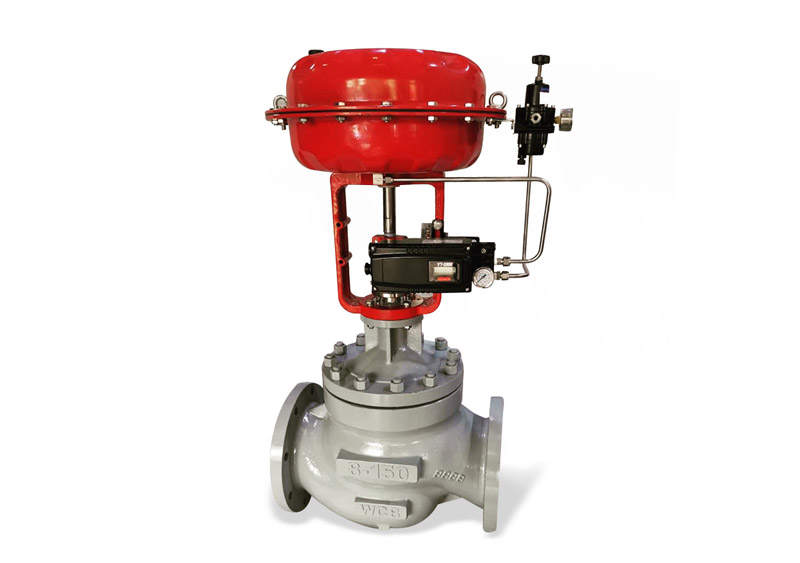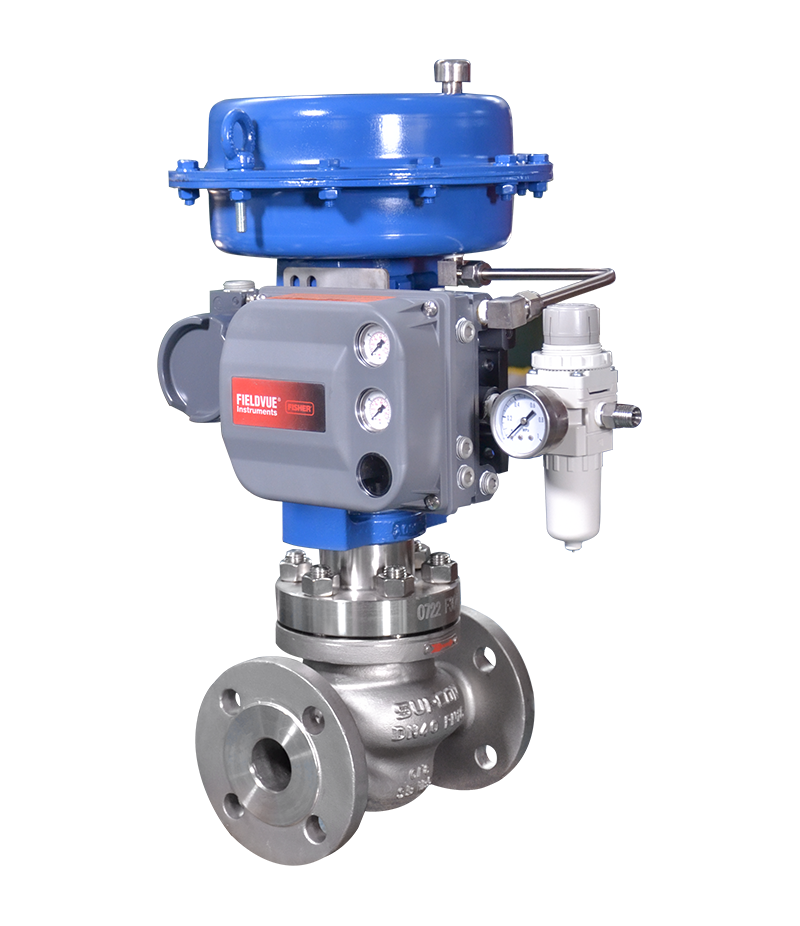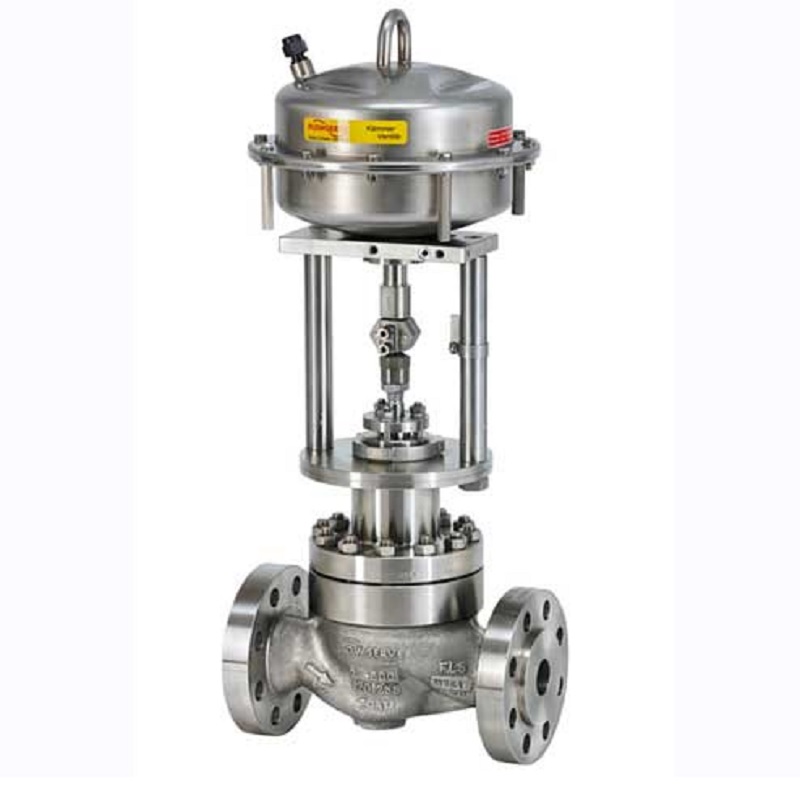
Maximize Power Savings and Convenience With Advanced Building Automation Controls
In the world of contemporary design and center management, the combination of advanced building automation regulates stands as a crucial improvement. By using the power of automation, buildings can adapt, react, and evolve in ways that were when unbelievable.
Energy Efficiency Perks
Power efficiency benefits can dramatically decrease power intake and operational prices in structures. By carrying out energy-efficient practices and modern technologies, structure proprietors and drivers can accomplish significant cost savings while likewise adding to environmental sustainability. One of the primary benefits of boosting power performance in structures is the decrease of energy expenses. Energy-efficient systems, such as innovative structure automation controls, can maximize the usage of resources like heating, cooling, and illumination, leading to lower energy expenditures gradually.
In addition, enhanced energy effectiveness can lengthen the life expectancy of structure equipment and systems. By running much more efficiently, HVAC systems, lighting components, and various other building parts experience much less wear and tear, resulting in minimized maintenance and substitute expenses. Furthermore, energy-efficient buildings commonly command greater property worths and rental prices, supplying long-term economic advantages to owners.
Additionally, power performance can improve passenger convenience and efficiency. Effectively managed indoor environments with optimum lighting and thermal conditions produce a more favorable and positive workspace, bring about improved staff member satisfaction and efficiency. Overall, the energy effectiveness benefits related to sophisticated structure automation controls are diverse, encompassing cost savings, environmental stewardship, and owner health.
Boosted Convenience Control
Enhancing comfort control in structure settings requires an advanced assimilation of advanced automation systems for optimal resident health. By utilizing advanced building automation controls, facilities can customize the indoor environment to fulfill the particular demands and preferences of owners. These systems allow accurate regulation of lighting, air flow, and temperature level, creating a comfy and efficient environment. Passenger contentment and efficiency are carefully linked to thermal convenience, making it vital to have systems in location that can adapt to transforming problems in real-time.
Enhanced convenience control goes past fundamental temperature level changes. It includes features such as tailored setups, tenancy sensors, and natural light utilization to develop a receptive and vibrant setting. By including these innovative controls, structures can not only enhance convenience yet also boost energy efficiency by optimizing system operations based on actual occupancy and use patterns. Inevitably, focusing on occupant convenience through advanced automation systems brings about an extra satisfying and much healthier indoor environment.
Operational Efficiency Improvements

Additionally, the application of real-time surveillance and analytics tools makes it possible for building operators to recognize energy ineffectiveness and operational abnormalities promptly. By continually keeping an eye on power usage patterns and system efficiency metrics, changes can be made in real-time to optimize energy usage and ensure site here peak operational performance. control valves. In addition, incorporating demand action strategies into building automation controls can additionally improve functional performance by dynamically adjusting energy usage based upon grid problems and rates signals
Indoor Climate Optimization
Efficient indoor climate optimization is an essential facet of structure automation controls, making sure passengers' convenience and health while optimizing power savings. By utilizing advanced sensors and controls, building automation systems can continually adjust and monitor temperature, humidity levels, air top quality, and air flow to develop an optimum interior setting. Maintaining comfortable and constant problems not just boosts occupant fulfillment yet additionally enhances performance and total well-being.
Interior climate optimization also plays a critical duty in power efficiency. By fine-tuning air flow, heating, and air conditioning systems based on real-time information and tenancy patterns, developing automation controls can significantly lower power usage - control valves. For instance, executing techniques such as demand-controlled air flow and thermal zoning can aid decrease power waste while making sure that each location of the structure obtains the essential conditioning.

Sustainable Environment Creation
Building automation regulates not just maximize interior climate conditions for energy effectiveness and passenger convenience but likewise lay the structure for producing a you could try this out lasting setting with strategic administration of systems and sources. By integrating sophisticated building automation modern technologies, such as sensors, actuators, and smart software program, centers can monitor and adjust power use in real-time to minimize waste and decrease their carbon impact. These systems enable anticipating maintenance, identifying potential concerns before they rise and enhancing equipment efficiency to enhance durability and efficiency.
In addition, sustainable setting creation expands beyond power management to incorporate water preservation, waste reduction, and interior air top quality enhancement. Building automation controls can regulate water usage, spot leaks, and ensure proper waste disposal practices, contributing to overall sustainability efforts. Additionally, by keeping an eye on and managing ventilation and filtration systems, these modern technologies improve occupant health and wellness and productivity while lowering energy usage connected with a/c procedures.
Verdict
To conclude, advanced structure automation regulates offer considerable advantages in regards to why not try this out power savings, comfort control, functional performance, indoor climate optimization, and developing a lasting environment. By applying these controls, structures can achieve optimal performance while lowering energy usage and enhancing passenger convenience. It is apparent that using sophisticated automation technology is vital in enhancing structure performance and creating a more sustainable future.
Power efficiency advantages can significantly reduce power intake and functional expenses in buildings. In general, the power effectiveness benefits associated with advanced building automation controls are diverse, including expense savings, environmental stewardship, and occupant health.
In addition, including demand response approaches right into building automation controls can better improve operational performance by dynamically changing energy use based on grid conditions and rates signals.
Structure automation controls not just enhance interior environment conditions for power efficiency and owner comfort yet likewise lay the structure for producing a sustainable setting through strategic administration of systems and sources.In conclusion, progressed building automation manages deal considerable advantages in terms of energy financial savings, comfort control, functional efficiency, indoor environment optimization, and creating a sustainable setting.